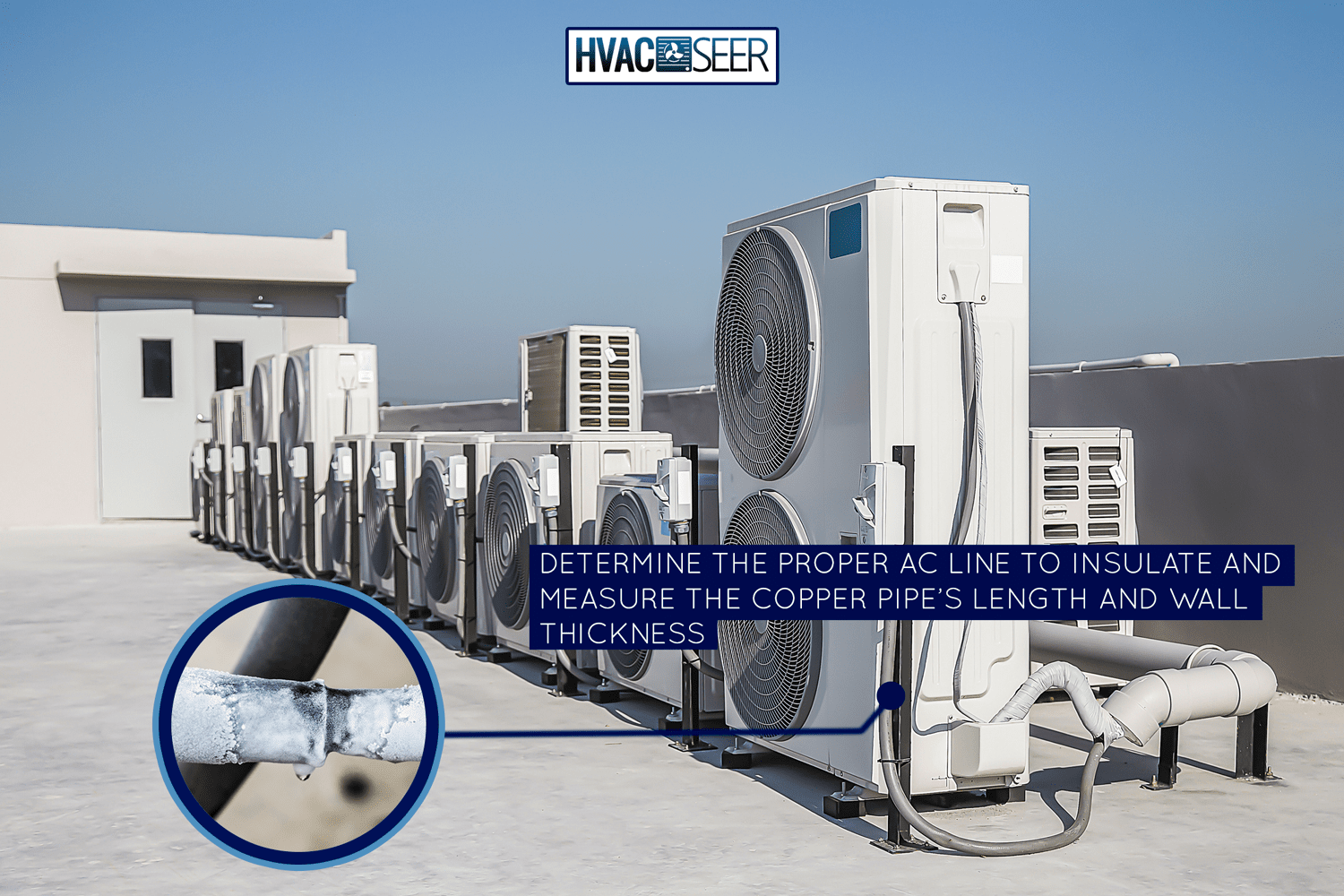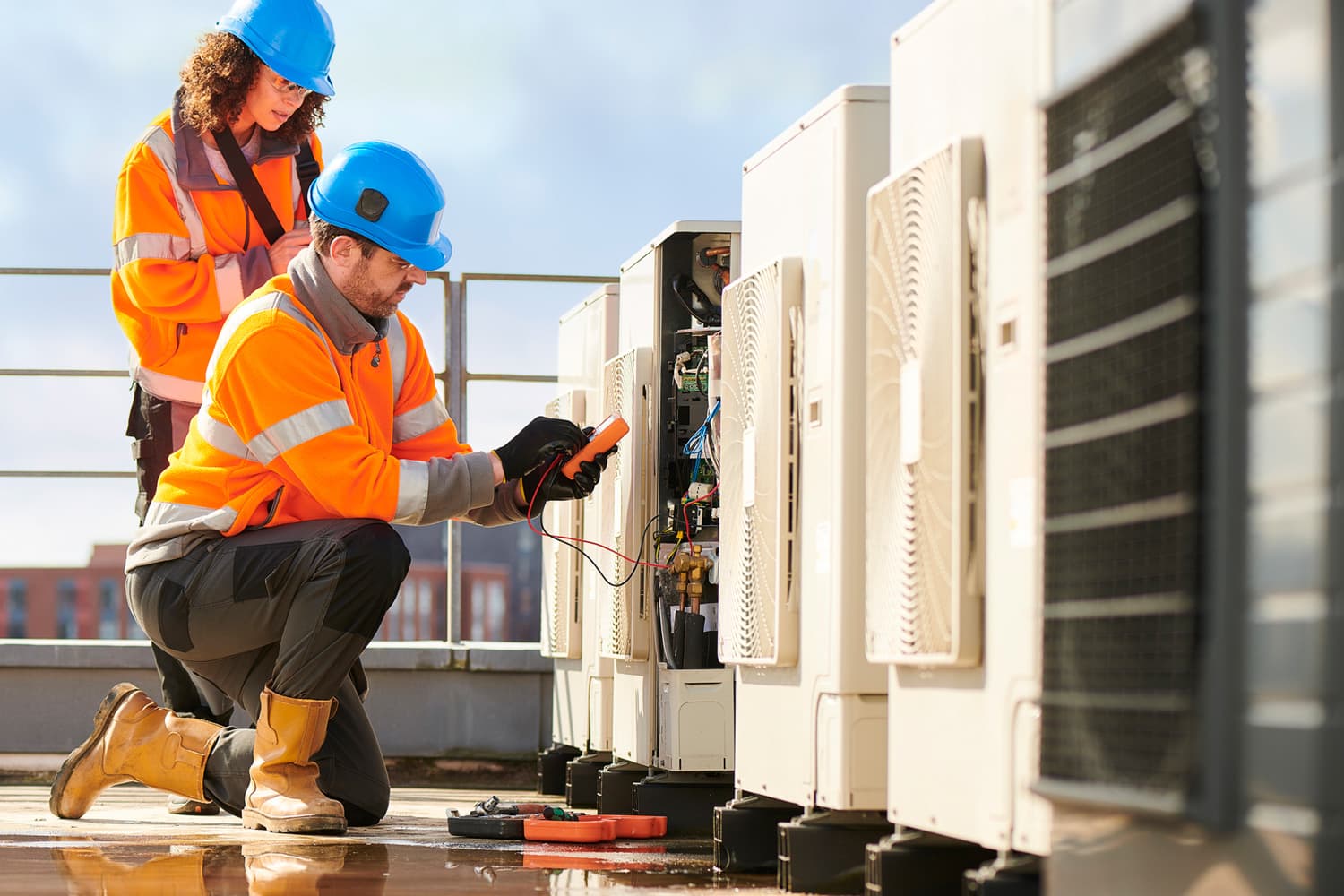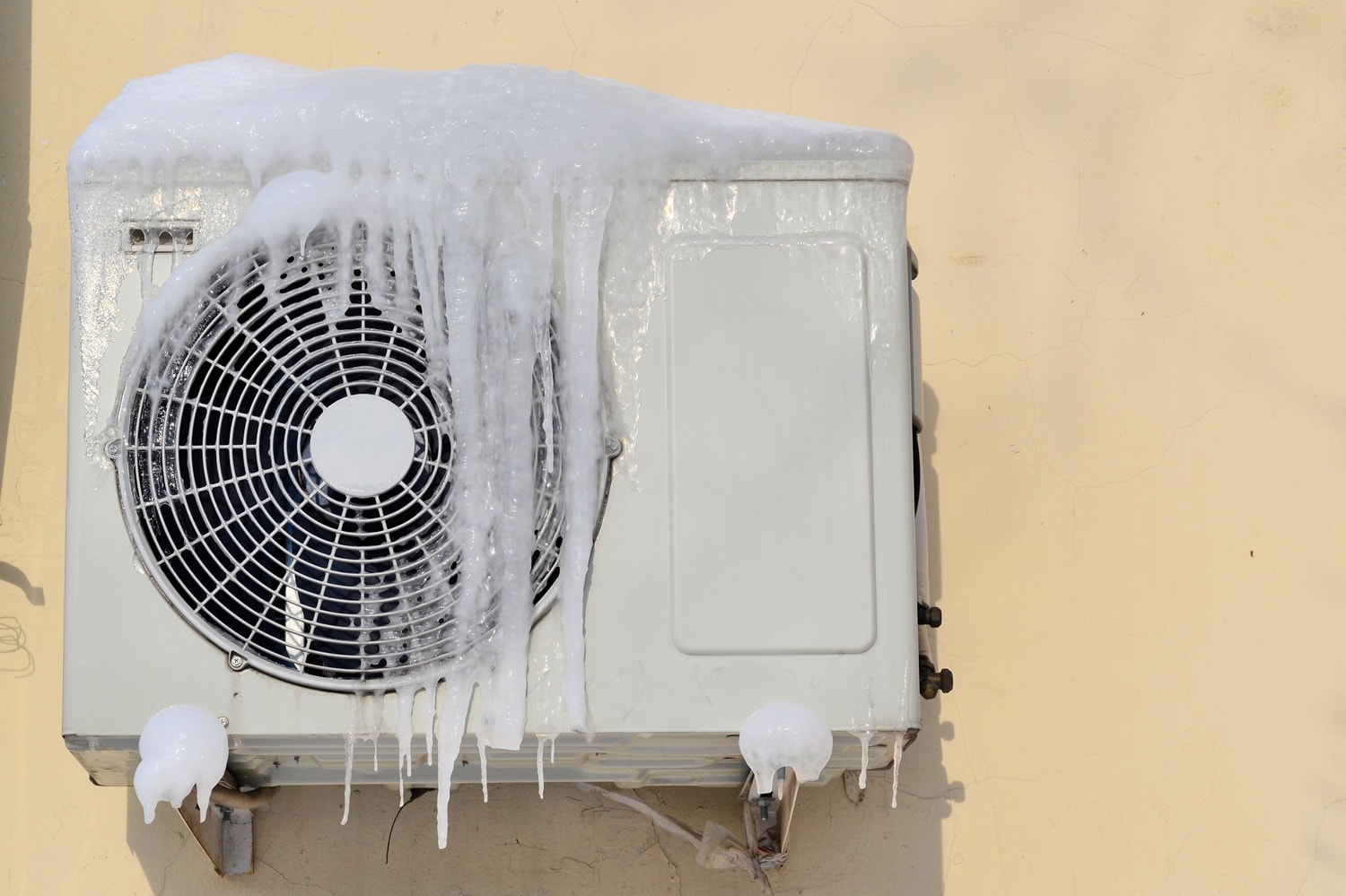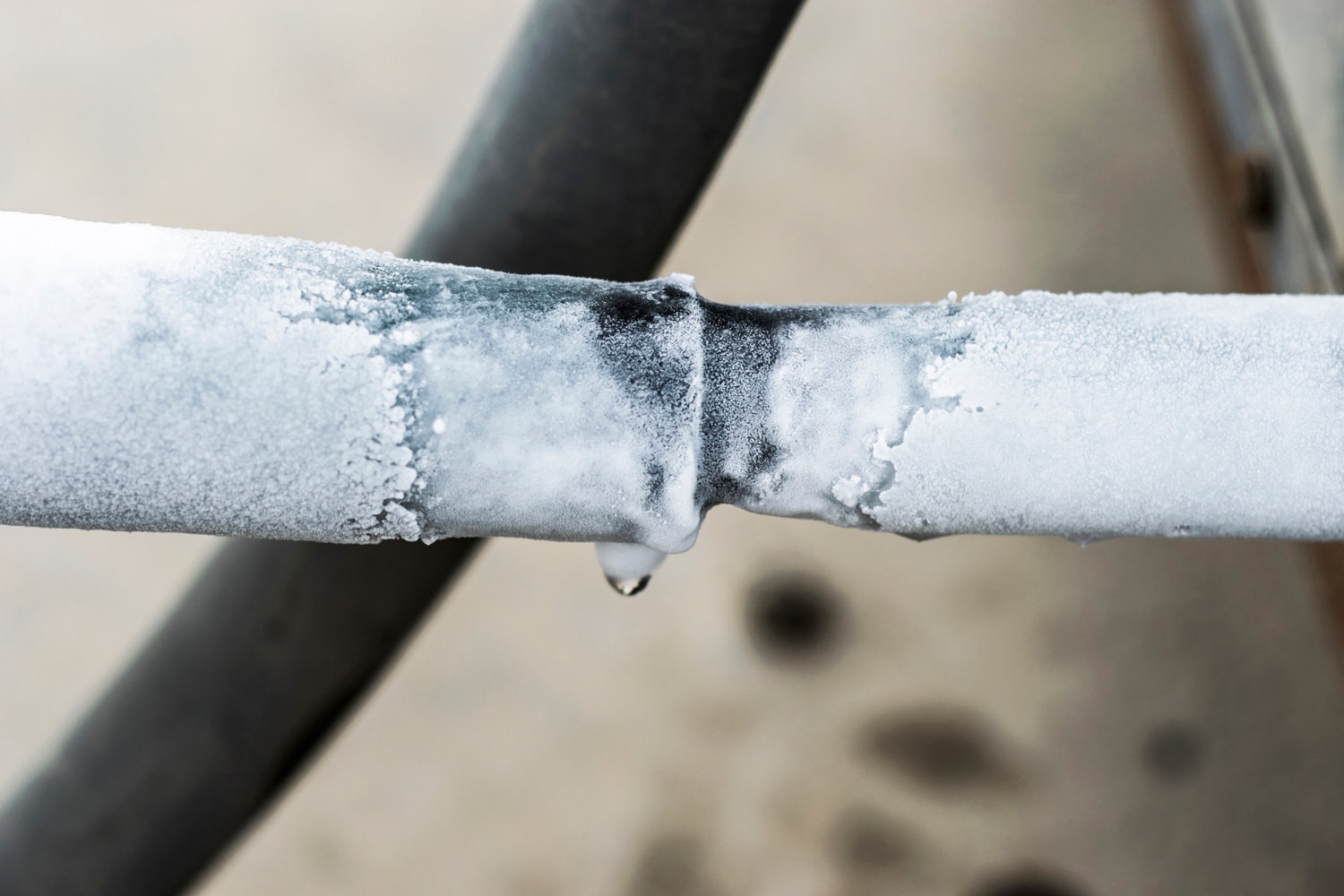Insulating AC lines is a quick and inexpensive task. If you're not sure how to do it, you're in the right place! We've done the research and come up with a comprehensive guide. You won't experience any stress when you learn how to insulate AC lines by following these simple instructions.
To insulate outside AC lines, you have to do the following:
- Determine the proper AC Line to insulate and measure the copper pipe's length and wall thickness.
- After that, clean the pipe and remove the previous insulation.
- Cover the pipe with foam.
- Use tape to secure the foam's outer borders.
Do you want to know more about how to insulate outside AC lines? Please continue reading as we elaborate more on the process and for useful insights that we'll share with you.

Steps in Insulating Outside AC lines

Energy is lost when insulation loses its ability to insulate, which forces equipment to work harder to maintain the required level of indoor comfort. Here are the details on how to insulate outdoor AC lines:
Determine the proper AC Line to insulate
Identifying which refrigerant lines need insulation is the first step in insulating AC lines. Link the air conditioner to the blower system in your house. The pipes that link the outside and inside units are visible.
There is a small heated tube and a big cold copper pipe (the suction line, the liquid line). Only the larger (suction line) pipe needs to be insulated. Since the smaller pipe is intended to diffuse some of the heat as it moves within, insulation is not necessary.
The next step is to measure the pipe's diameter and length to make sure you get insulation that is the right size and completely fits the pipe. Typically, insulation comes in thicknesses of 1/2 inch, 3/4 inch, and 1 inch.
Clean the pipe and remove the previous insulation
You can purchase new AC pipe insulation from any local home improvement retailer once you have the measurement. Install your new insulator and turn off the air conditioner for a while to give the pipes some time to cool down, which could take up to 5 minutes.
Using a utility knife and scissors, shape the new foam pipe insulation to suit the pipe. You might need to trim the foam insulation end at least an inch longer to allow for temperature contraction and expansion.
Cover the pipe with the foam

The foam is typically divided down the length of the insulation, and an adhesive is applied to the cut edges. To completely enclose the pipe, slide the insulating roll over it and pushed it into position.
The margins of the slit pieces' glue are shielded by strips on the insulator. Once the insulation is in place, peel off the strips to allow the sticky coating of the edges to adhere to one another. To prevent edge overlap and properly position the insulator, press the seam together.
It is a good idea to coat the insulation with a protective finish, such as ArmaFlex WB Finish, to prevent further damage. The insulation may be readily coated with two coats of WB Finish, which will shield it from sun damage and deterioration for many years.
See this Armaflex coil pipe insulation on Amazon.
Secure the foam's outer borders
A protective finish, such as foil-faced tape or electrical tape, is required to seal the insulation. The tapes also help shield the insulation from future solar deterioration. Therefore, you cannot use inexpensive paper tape. To prevent compressing the insulator, avoid pulling the tape too tightly.
Lack of line insulation on pipes that run through the attic, inside wall or ceiling cavities, or both will cause severe condensation, costly repairs, and damage to your interior finishes. Additionally, it could cause discoloration and corrosion, endanger the internal heating/cooling system components, and severely reduce the lifespan of the system.
The suction line will look better if you carefully apply the insulation on the pipe by following these instructions on how to insulate AC lines. We advise hiring a professional to insulate your AC lines for better results because altering your insulation AC lines is a great strategy to keep your air conditioning unit operating cold.
How do I cover my outside AC lines?
Without a doubt, the air conditioner provides you comfort throughout the hot season of the year. Its outdoor unit, though, can be quite unattractive!
When entertaining in the backyard or strolling through the garden, you may find that it destroys your design and is an eyesore. So how can an outdoor air conditioner be concealed?
There are several options for you if you are inclined to hide your air conditioner outside. It can be an excellent way to show your innovation and enhance the appearance of your home to hide your air conditioner outside.
Here are some techniques for concealing your outdoor air conditioner:

Hiding It with Plants
This is a straightforward DIY project. To construct your cover, all you need are some wooden boards, nails, and a hammer. To guarantee optimum ventilation, make sure the cover is larger than the unit. Additionally, for the same reason, leave some space between the planks.
To make your AC cover, you may also get in touch with the local carpentry services. You will have a cover produced in no time if you give your hired agency all the essential instructions (design, size, etc.). You can even take additional measures to create a gorgeous outdoor air conditioner cover using paints or plants.
You could be tempted to hide your outdoor appliance under tall, thorny bushes. You can do that, but be careful not to place them too close together, since this can affect air circulation and, ultimately, the efficiency of your air conditioner.
Construct a Box with a Door
Making a wooden box using this method is quite comparable. The distinction is that you can open the door for maintenance requirements rather than having to remove an entire box. Adding a door just takes a little bit more work, but it can assist in the long term.
Picket Fence Covering
Picket fences are frequently found enclosing gardens. They are a real classic with an unrivaled appeal. Even though picket fences are more common in older homes, they are always in trend.
They can work wonderfully to hide your outside air conditioning equipment and look fantastic in contemporary homes. Furthermore, while choosing a picket air conditioner fence, wood is not your only option. Additional low-maintenance choices include vinyl, PVC, and metal.
Aluminum slats
Want to design a cover that won't be harmed by bugs or pests? The slats only need to be installed since they are maintenance-free and long-lasting, and you can use the slats to construct more shelves on the side to store various items and expand your storage area.
See this aluminum slat on Amazon.
Iron Trellis
To make it appear like a piece of lawn ornament, allow climbing plants like English ivy to cover it completely. For homeowners who want an easy fix but don't want to do it themselves, this option is ideal.
Just keep in mind that because of their rapid development, the vines could eventually take over your structure. Depending on your design and budget, you can choose from the range of possibilities listed above.
Privacy screens
By hiding the outdoor AC unit behind a privacy screen, you can preserve the beauty of your outside landscape.
Choose the privacy screen that best matches the style and color scheme of your entire garden from a vast selection of options. Maintain your garden's decoration at the highest level by adding pots, accent chairs, and perhaps a bench.
Since your air conditioner works so hard to remove heat from your house, it needs sufficient ventilation. Your air conditioner will have to work harder, which can shorten its lifespan if the cover you chose suffocates the outside unit.
What happens if the AC pipe is not insulated?

A crucial part of the air conditioner is the insulation. To prevent condensation and maintain a cold line, the pipe needs to be well insulated. If not, the cooling process is disrupted.
According to professional members of an academic social networking site, the refrigerant returning from the evaporator to the compressor will collect some heat, more heat than it had at the evaporator's outlet if the return line is not insulated.
The compressed refrigerant that is being transported from the compressor's downstream condenser to the condenser will also contain this excess heat. Thus, chilling the refrigerant before the expansion valve would be more challenging for the condenser.
In Closing
Energy is lost when insulation loses its ability to insulate, which forces equipment to work harder to maintain the required level of indoor comfort.
We hope you have gained insight from what we have covered on how to insulate outside AC lines as well as several methods for hiding your external air conditioner.
If you enjoyed reading this article, please check out these other posts:


